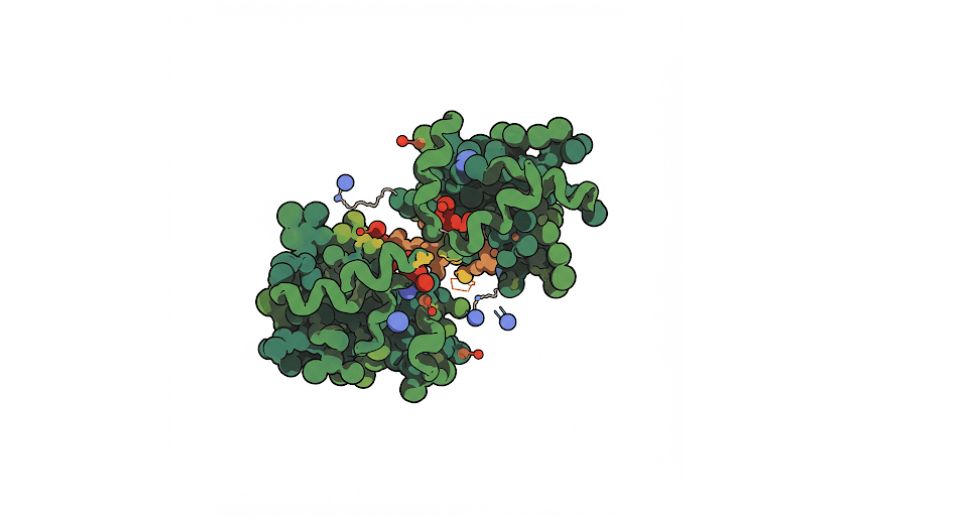
Apr 08, 2025

As per the latest publication from Metastat Insight, the Global Reverse Transcriptase Market has assumed a changing identity, wherein scientific advancement, changing applications, and technological pinpointing contribute towards shaping the character. Reverse transcriptase basically is an enzyme that stands in the focal point of molecular biology during transcription for the conversion of RNA into DNA. From the initial days, reverse transcriptase application expanded enormously from a mere laboratory tool to a well-accepted practice in research, diagnostics, and clinical development. As the laboratory and clinical implement new protocols and methodologies, the reverse transcriptase will continue to adapt within the larger identity of the market, set by constant innovations and developing application strategies.
Global Reverse Transcriptase market is estimated to reach $394.49 million in 2025 with a CAGR of 3.6% from 2025 to 2032.
What distinguishes this arena is that reverse transcriptase requires heavy specialization; it is not an ingredient; reverse transcriptase is almost the substratum for various molecular applications. These include the processes prior to the synthesis of complementary DNA (cDNA), from which many others, such as PCR amplification, gene expression analysis, and sequencing, evolve. Reverse transcriptase facilitates the work downstream, which is highly practical in cases where precise genetic information needs to be strategically preserved or replicated with as few errors as possible. Over a period, with protocols becoming more detailed, so have the choices available in reverse transcriptase products, selection of which is driven by all manner of performance considerations such as fidelity, inhibitor resistance, and turnover rate.
The enzyme requirements of reverse transcriptase have become increasingly specific as laboratories have come to develop a higher level of sophistication in genetic analysis and molecular diagnostics. Not all reverse transcriptases are the same in functionality, and thus the users have come to demand specific formulations that are in tune with the precision and sensitivity demanded from their respective workflows. Since the behavior of the enzyme will influence the quality of the results obtained, this focus on functional integrity has molded everything from production selection to use in laboratories. This has also been reflected in the Global Reverse Transcriptase Market, which is growing with an increasing trend toward the specialization of products that assist with complicated diagnostic and research objectives.
Reverse transcriptase also plays a crucial role within high-throughput environments, where timeliness and accuracy greatly affect large-scale outcomes. Here, the tension between speed and enzyme fidelity holds the key. The scientific teams operate under the assumption that enzyme behavior is consistent across many samples to support the validity of results concerning method development or decision-making. As an example, the extent of its popular acceptance can form the groundwork for the Global Reverse Transcriptase Market, allowing long-drawn rather than sudden advancement by continuous refinement and further integration with current systems.
There seems, as well, to be strong current momentum towards uncomplicated workflow, most likely with expectation that enzyme performance would decrease complexity of procedures. For example, reverse transcriptase products are increasingly designed to minimize sample preparation steps, create streamlined protocols, and ensure reproducibility even with other users in other conditions. These reflect a much deeper value in effectiveness, not just in making time but also reliability. Indeed, optimization has been the major factor in laboratory adoption in cases where timing-sensitive decisions are made on molecular data. In this way, reverse transcription is more than a technical factor; it is for broader operational objectives so that facilities may continue to show consistency and throughput within their scientific efforts.
The report slides on Global Reverse Transcriptase Market from Metastats Insight provides an account on the very complicated mesh of scientific applications, product developments, and operational demands that are woven together to make this specialized sector. As the technologies of the enzyme become increasingly sophisticated and their applications more embedded into core research and diagnostic processes, the role of reverse transcriptase remains central. It is not simply the technical efficiency of these enzymes that defines the totality of this market; it is also their capacity to integrate with ease into a rapidly expanding spectrum of molecular activities. Possessing great promise, much more is to come from continued advancement in biochemical engineering and user-centric innovation, propelling the Global Reverse Transcriptase Market along its course. The course is well connected to the needs and progress of molecular science across a multitude of settings.
Drop us an email at:
Call us on:
+1 214 613 5758
+91 73850 57479